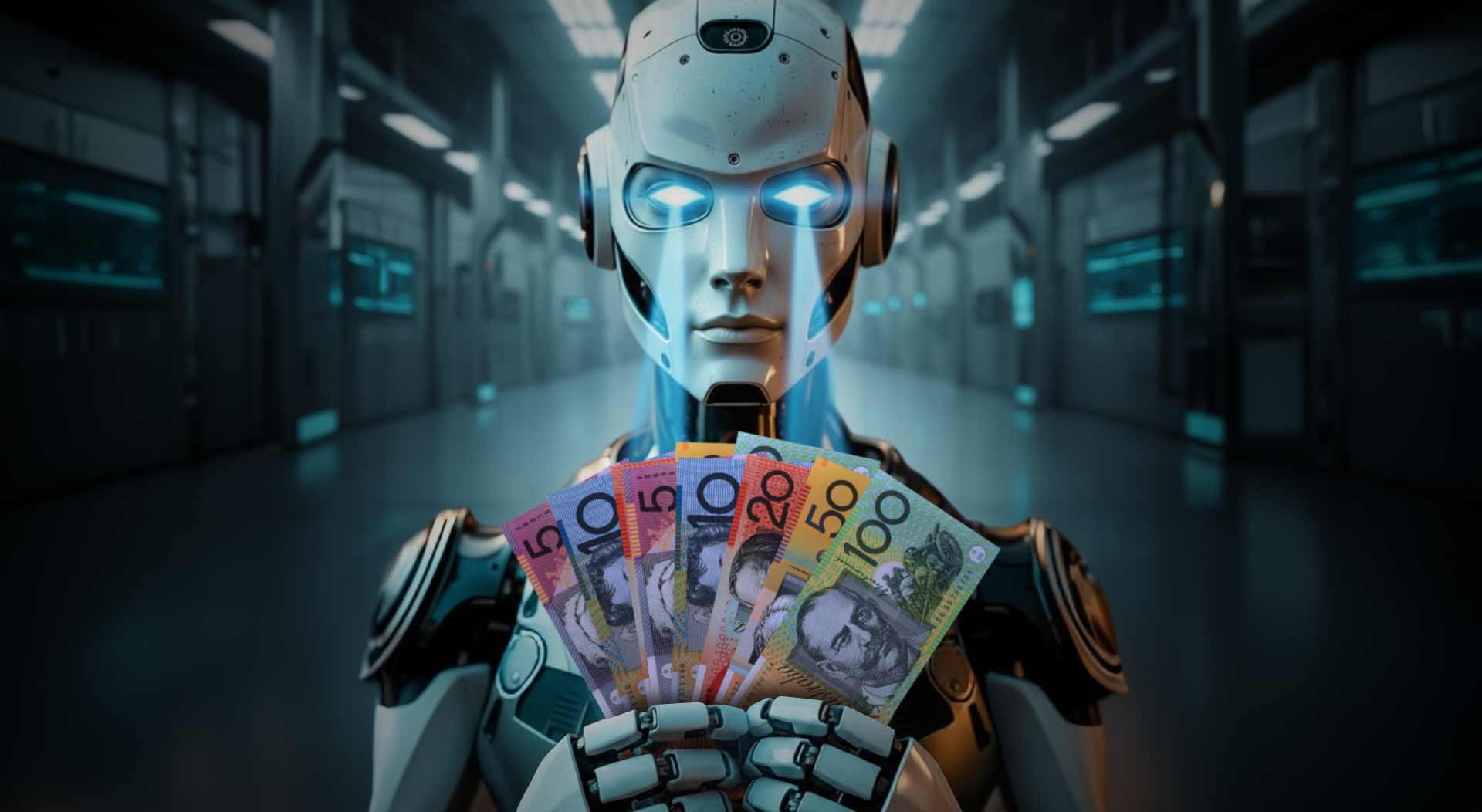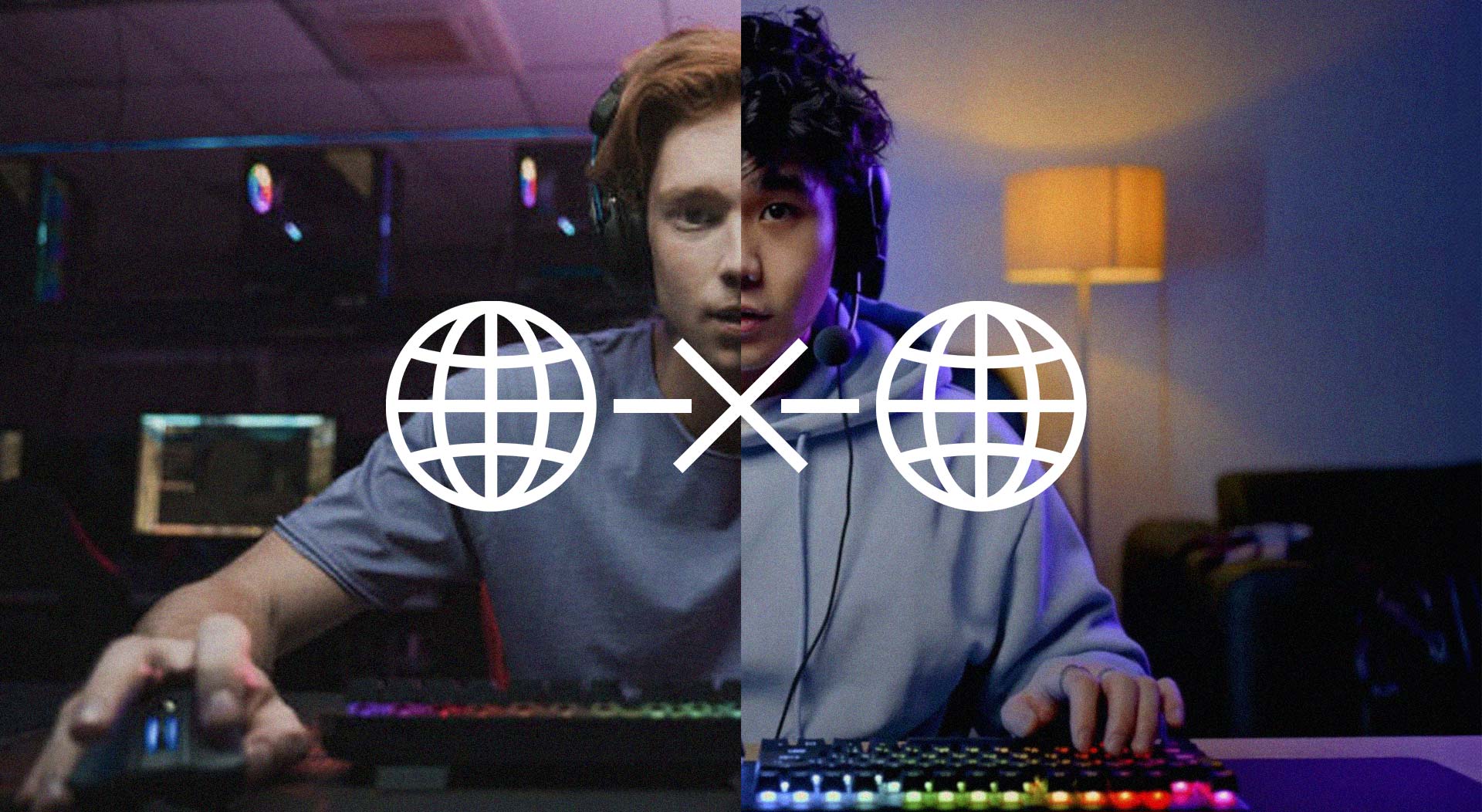The Remake Era
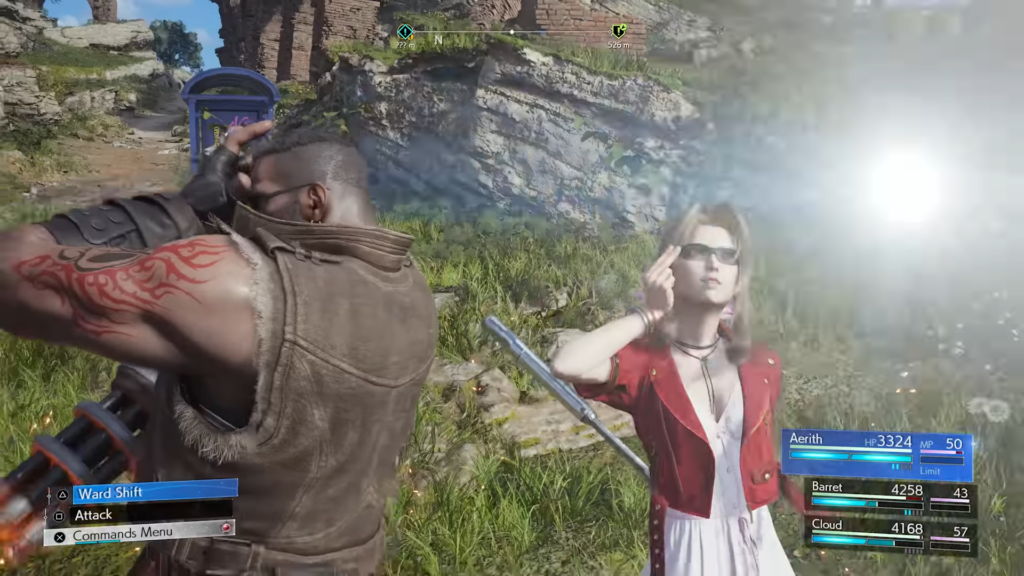
Remakes have become a major, popular trend nowadays. Not everyone is happy about this, and there are a lot of valid opinions to be had and arguments to be made about unoriginality, regurgitated concepts, focusing on recognisable and marketable brand names and intellectual properties, etc. But I honestly do appreciate the trend. Video games are more tied to the technology of their times and the raw power of the machines they appear on than mediums like film, which despite some important technical advances has at least enjoyed the privilege of high-detail moving imagery of real people and locations for over 100 years. Games need power, and while a lack of power has directly resulted in wonderfully memorable art styles over the years, I think concepts of the past deserve the chance to spread their wings on today’s SSDs and ray-tracing capable GPUs. Final Fantasy VII’s pre-rendered backgrounds and ATB combat system are legendary for a reason, but the FFVII Remake Project has so far done an incredible job translating the original concept into something more 1:1, with film-like 3D visuals and a combat system that blends real-time and 3D elements. The Resident Evil remakes, like 2019’s RE2, have done a similarly impressive job with swapping the pre-rendered backgrounds and cinematic angles out for a modern, over-the-shoulder approach that is still effectively scary.
Additionally, certain remakes can be financially and logistically efficient projects that prevent the kinds of severe layoffs we’re seeing throughout the games industry these days. Completely new games will often see an initial pre-production process that can last several years, where a small team of creatives set about writing, concepting, and building this new game – or even a whole new IP – almost entirely from scratch outside of their general inspirations. What are countless 3D artists, programmers, sound designers, etc. supposed to do in the meantime? In some cases you have studios that alternate between different projects, but not every company can be run quite so efficiently, and even the best plans can crumble when faced with unexpected surprises. Remakes – especially graphical remakes where the rest of the game is only minorly altered – are an opportunity to give all those designers and artists something potentially profitable to work on while pre-production on new games continues. New games that are often funded by the profits from those remakes. Given all this, I wanted to make a list of older games that I think deserve a remake in the modern day – and it would be best to start with a couple that could build on remakes that have already happened.
Resident Evil: Code Veronica Remake
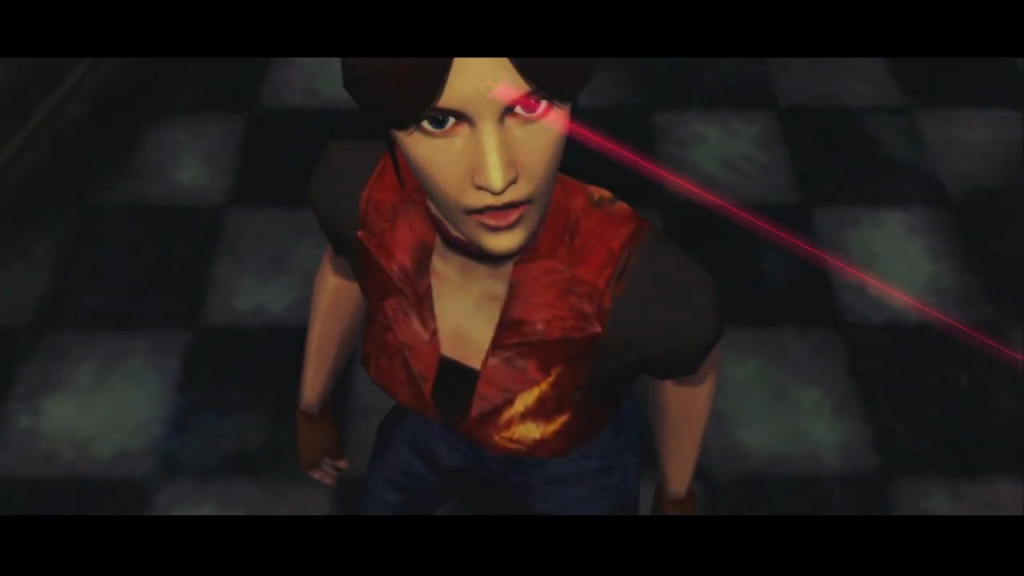
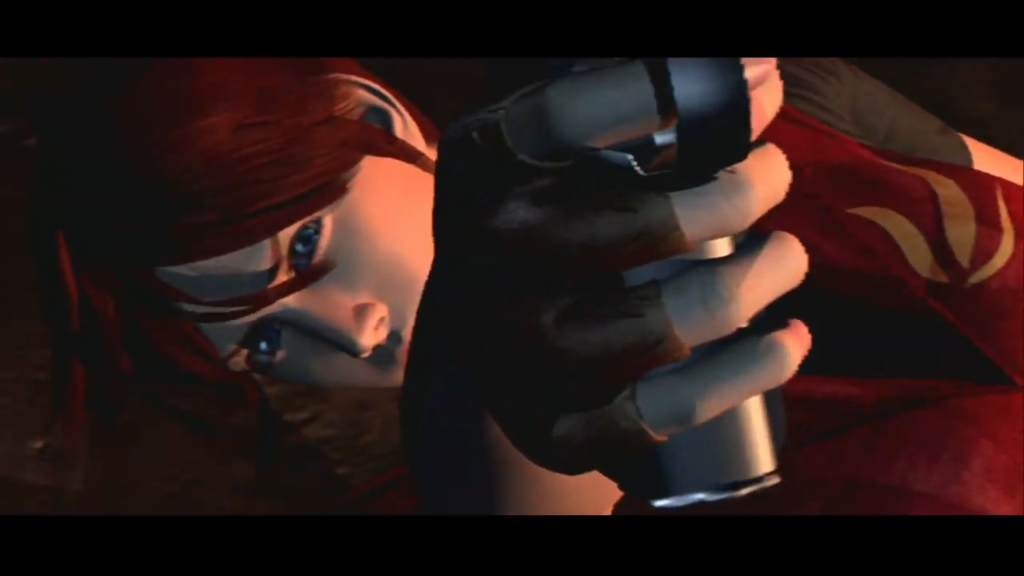
Yeah, yeah, you knew this one was coming, so let’s get it out of the way first. With recent remakes of Resident Evil 2, 3 and 4 having done so well for Capcom and players that many people are calling for a new remake of the original game – which was already remade, brilliantly I might add! – Code Veronica is currently a rather odd omission. While Resident Evil 4’s remake was brilliant, espeically given that the justification of its existence was a rather more difficult task than with the older installments and their entirely different gameplay systems – I was a little miffed that Capcom jumped right over the more direct sequel to RE2, especially given Stephanie Panisello’s exceptional performance as Claire Redfield. She’s widely considered one of the best and most likeable parts of the RE2 remake – enough to be cast in Resident Evil: Infinite Darkness and Death Island, CGI Netflix and film projects – and deserves to continue Claire’s story in the months following Raccoon City’s destruction.
This is not as easy of a proposition, though. Code Veronica is not one of the most popular games in the series, despite my general liking and nostalgia for it. It has problematic villains, messy game balance, visuals that pushed the series forward in some ways but took several steps back in others (it’s telling that the Resident Evil remake of 2002 ignored CV’s 3D backgrounds in favour of staggeringly gorgeous pre-rendered ones that still hold up to this day), and Claire’s love interest Steve Burnside is a profoundly annoying and unlikeable… product of his time, if we’re being generous. But all these things are precisely why I want to see a remake of Code Veronica even more – because I believe the Capcom of today can, with the benefit of hindsight, go back and fix these issues. Game balance problems can always be rectified with proper playtesting and building on their other games. There have been countless portrayals of gender issues in the last quarter-century that offered a level of nuance and sensitivity that could inspire a proper retooling of the Ashford twins’ story. The power and tools of the RE Engine (or, more likely, its incoming follow-up REX) make the game’s visuals the thing I’d be least worried about. And after seeing characters like RE2’s Marvin or RE3’s Carlos receive major rewrites that turned them into genuinely memorable people, I’m firmly convinced that Capcom can step up to the greater challenge of taking the bones of the idea that is Steve Burnside and retooling him into a young man far more relatable and human, that we can believe Claire could grow to care for. They may even be doing all of these as I write this – rumours continue to float around about both CV and Resident Evil 0 being the next games up to be remake, with 0 coming first. Honestly, I wonder if the plan is to remake those two to build up the villainous Albert Wesker for the remake-only audience, as these are the two games where he features the most before taking centre-stage as the true villain of Resident Evil 5 – and that is definitely getting remade in time, as the ending of the remade RE4 makes very clear.
Final Fantasy VIII
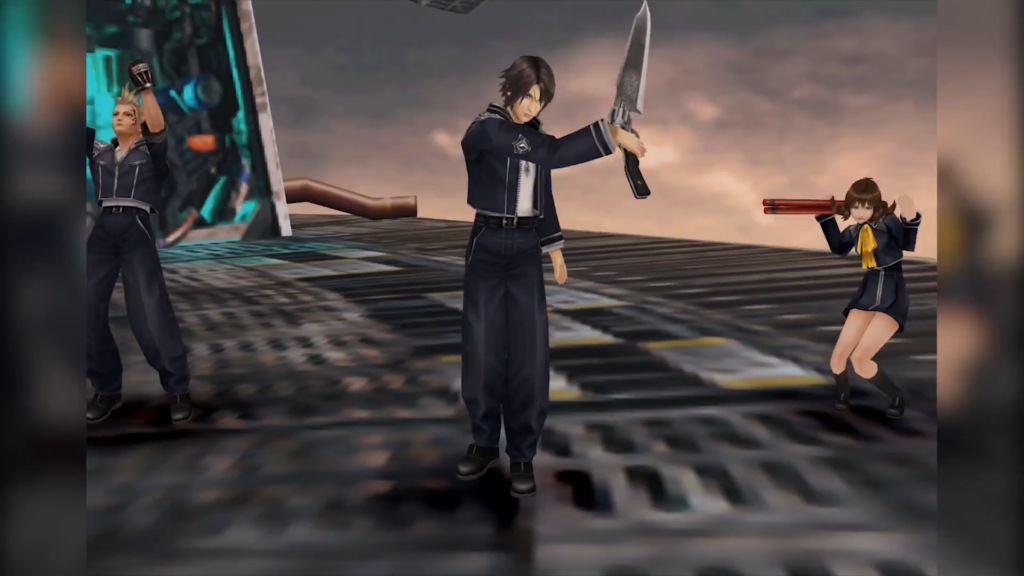
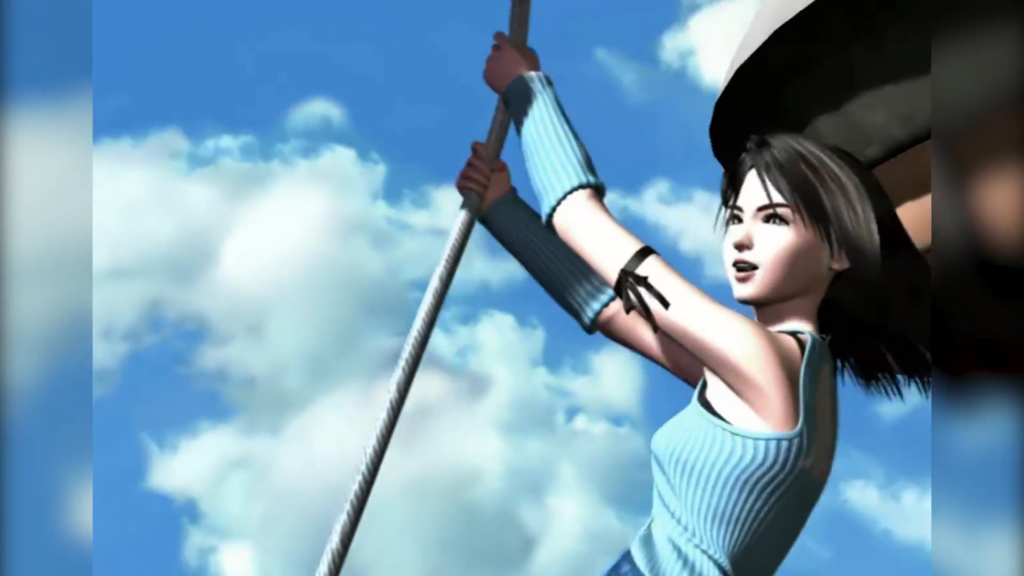
This one’s for me (and, more importantly, for Ben Starr). Final Fantasy VIII was the first Final Fantasy game I ever played, a world and a story that I became lost in and have never really left. Maybe that’s why it’s not even close to being as much of a black sheep for me as it is for the wider audience, something I didn’t realise until much later in life. It’s a bit like Code Veronica in that it has genuine flaws – a messy battle system, some undercooked characters, plot twists that are either bad or widely misunderstood depending on who you ask – but to me, the setting, the story and especially the soundtrack are absolute art, and well-deserving of a remake project similar to Final Fantasy VII, with a couple of differences. The game did receive a Remastered version several years ago, sporting features like improved character models, but a full remake is the real dream for fans like me. I don’t think it would need to be a full trilogy, two games would be enough (with development greatly eased by the project building off of Final Fantasy VII Rebirth and/or the as yet untitled Part 3), likely split at the end of the original story’s second disc. I also don’t think the story would need a major meta-twist in the same fashion as VII’s remake project – I’m a huge fan of it, but it does seem to be building to a specific conclusion that winds back to the story of the original game in a very deliberate way, and while I can imagine VIII’s story (time-travel-obsessed as it is) possibly justifying something similar, I don’t think it’s critical enough to risk accusations of Square-Enix repeating an idea.
But beyond that, I think Final Fantasy VIII absolutely begs for a full, AAA retelling using VII Rebirth’s combat system (retooled for VIII’s characters, of course) and open environmental traversal. There’s a lot to improve – giving secondary characters more to do, fleshing out the story and world with quest and lore expansions, nailing the Squall/Rinoa romance with actors that share undeniable chemistry and improving the story’s memory and time travel elements, whether by changes or simply offering better explanations and more foreshadowing. More than almost anything else, I think, the Draw and Junction gameplay mechanics would need to be improved and streamlined – while I didn’t initially mind them as a kid, people have rightly criticised how Drawing slows down combat and Junctioning, despite offering freedom in builds, incentivises you out of actually using the magic spells you collect. I do have some ideas (restrict characters to only using magic they have Junctioned, reduce the number of copies of a spell you can hold from 100 to 10, distinguish between regular infinite spell usage and actually using up one of your limited spell instances, make Drawing something you can do alongside your other abilities, etc.), but in the end it’s down to the developers to take these ideas and rebuild them for the modern day. I firmly believe they can do it.
The Legend of Zelda: Ocarina of Time
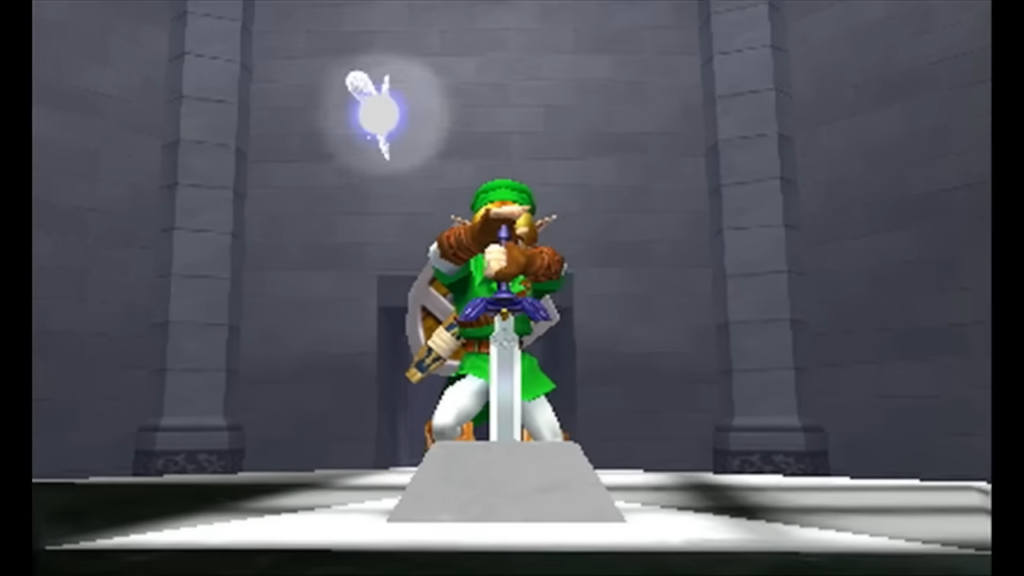
I’ll be quick here, since I think this is a pretty obvious one. As I mentioned in a recent article, I think an Ocarina of Time remake for the upcoming Nintendo Switch 2 is a wise idea and possibly even inevitable, given the clear benefits of putting one of the most beloved Legend of Zelda games back in the spotlight right as the live-action film’s recently-confirmed release date of March 26th, 2027 approaches. It’s more than that, though – Ocarina of Time is a massive action adventure with an extensive open field, fast traversal by horse, and travel across two different versions of Hyrule 7 years apart – these are exactly the kinds of central features that match up well to the advances of the Switch 2’s improved hardware and faster storage mediums. It would bring both brand synergy and fantastic gameplay to the hybrid system in the lead-up period to the film, and I’m at the point where I honestly think it’s already in development.
Metroid Prime 2 and 3
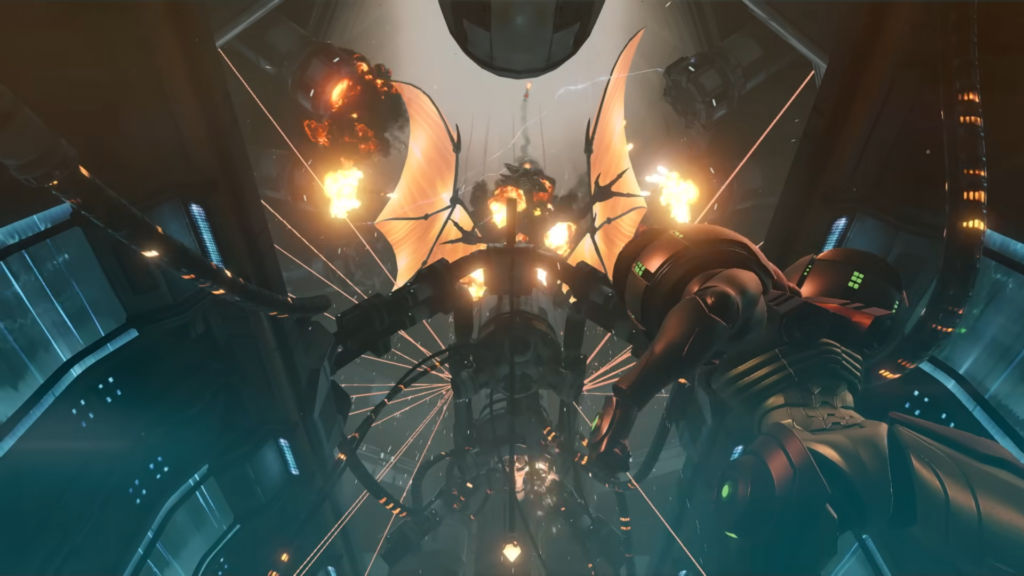
This is another relatively quick and obvious one. The original Metroid Prime was already remade – despite the title of “Metroid Prime Remastered”, the game has actually been fully redone, with cutting-edge visuals that run shockingly well on the original Nintendo Switch. On the other end of the series we have Metroid Prime 4: Beyond, finally arriving on the Switch and Switch 2 8 years after its announcement and 18 years after Metroid Prime 3: Corruption landed on the Wii in 2007. The result of this is the 1st and 4th games in the series being easily accessible while the 2nd and 3rd are decidedly not, and even if Nintendo do release up-rezzed remasters of the two middle entries, trying to play through the whole series will give you that odd experience where the visual quality bounces around rather than progressing linearly long with the story. As much of an ask as it might be, I really do think Nintendo would be wise to redo Metroid Prime 2: Echoes and Metroid Prime 3: Corruption to at least the same level of visual complexity as Metroid Prime Remastered.
Though them commissioning Switch 2-exclusive versions that looked even better than MP4 would definitely be the funny (and frustrating) option.
Metal Gear Solid – in VR!

This is one of those never-gonna-happen ideas, but it’s my article and you’re all gonna hear about it. So, the original Metal Gear Solid is pretty widely regarded as a masterpiece for good reason. The environment, stealth gameplay and especially the story and voice-work were insanely cutting-edge for their time, only a few years into the 3D era. Real-time cutscenes were especially impressive for 1998. Certain lines, images and stylistic touches from the game will live in my head forever. Now, MGS was already remade once as Metal Gear Solid: The Twin Snakes, a GameCube release with remade graphics, re-recorded voice acting, MGS2-like gameplay upgrades and more action-y cutscenes clearly inspired by The Matrix. It was overall decent, but most were very divided on everything I just listed outside of the graphics – even the gameplay “improvements” were widely perceived as breaking game balance, the original having not been designed around the ability to aim your weapon from the first-person view.
Many people have called for a new, re-imagined Metal Gear Solid remake for the 2020s, but I still see a particular issue with that idea – size. Specifically, the rather small size of the setting and overall game – we remember it nostalgically as being epic, but the original did a lot with very little, many of some of the most memorable parts being Codec calls where you don’t even see the environment. The actual Shadow Moses base is tiny compared to a lot of modern game settings – this was clear even in 2008, when Metal Gear Solid 4 had Snake return to Shadow Moses after 9 years as just one of 5 major locations. Not every single room was featured, but most were, and they even added an extra area. A faithful Metal Gear Solid remake could honestly be seen as lacking in scope and content nowadays, but expanding it would likely hurt more than it would help. My solution to this is very unlikely, but here it is – make the game in virtual reality, a medium where slower gameplay and more self-contained environments are more well-received than in full-priced AAA action games. Shadow Moses is a classic example of a location that became memorable by focusing on the fine details and intelligent environmental interaction, and the idea of a version of it precisely tuned around modern VR is exciting to me since it would lean into those elements even more strongly than the original. Some things would need to be changed, of course – consequences for sabotage or killing would need to be more significant in a game with easy free-aim, for example, with enemies needing to be far more intelligent – but I think there’s a brilliant game buried in this concept, with financial realities being the only real thing standing in its way.
inFamous and inFamous 2
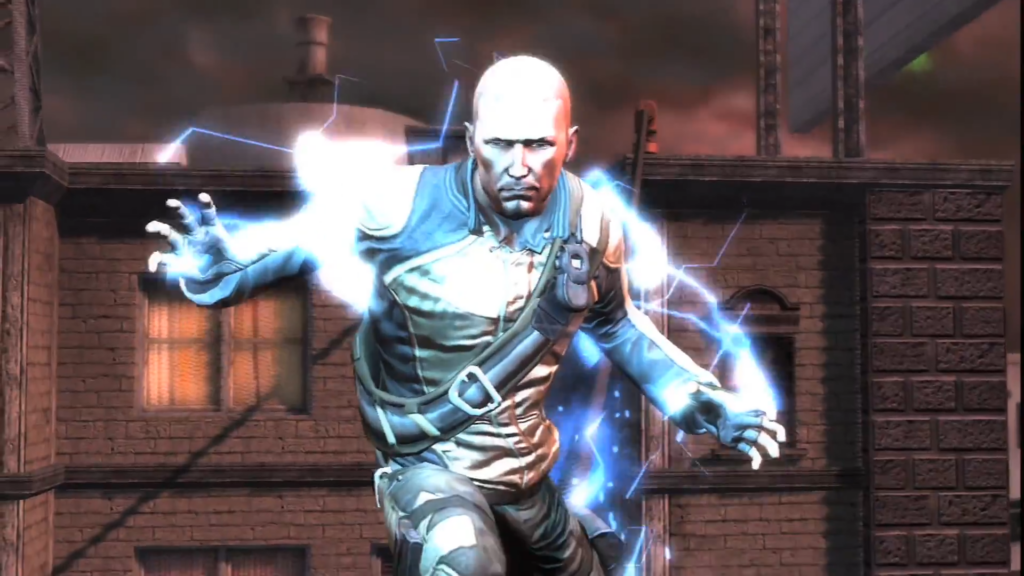
The original inFamous was a surprise to me and a lot of other people – one of the jankier PS3 exclusives, an original superhero game that nevertheless paid tribute to the origins of the genre with comic-book style cutscenes and brought a memorable story and uncanny atmosphere along with its moral choices and electricity-based powers/traversal. inFamous 2 was also excellent – it lost a bit of the original game’s edge but brought superior visuals, more refined gameplay and was overall a more comprehensive package that followed up on some of the most memorable ending twists of the generation. The two games are, unfortunately, trapped on the PS3 to this day – the only way to play them is on original hardware or via PlayStation’s online game streaming, which isn’t even available in Australia. They’re also locked to their original 720p resolution and 30fps framerate targets.
These seem like good candidates for 4K 60fps remasters, and I’d honestly be happy to see such a collection announced. But for games so closely tied in story, their budgets and visual styles are quite visibly distinct, and the fast pace of gameplay, based on particle-effect-heavy superpowers, really gets me wondering what a pair of genuine remakes could look like – or possibly even a single remake, with both games tied together a la the upcoming Max Payne double-remake from Remedy Studios. inFamous 1 and 2 had a really fantastic story, and I’d love to see it lightly reworked and told in a complete, consistent single package with more complex gameplay, expanded environments and narrative choices. It would likely have to be handled by a new studio, though – Sucker Punch is very busy right now, with Ghost of Yotei coming this year and and expansion likely to follow.
Killzone 2… Multiplayer
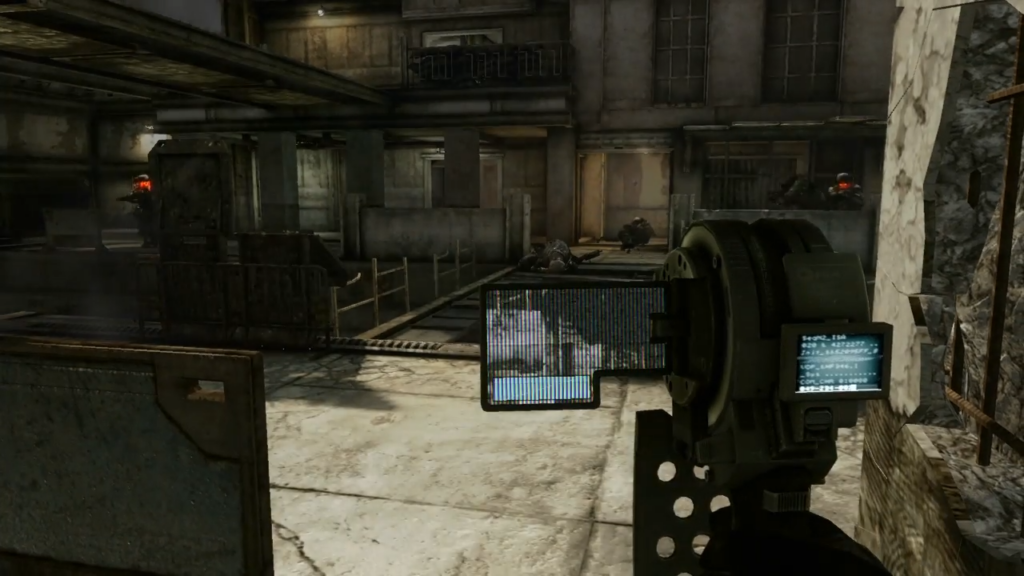
This is a bit of an odd suggestion – to remake a mode, rather than the entire game – but I remember when Killzone 2 first arrived, facing the expectations brought about by that misleading CGI trailer and doing a surprisingly good job of meeting them, and seeing the multiplayer actually become surprisingly popular. The dark, gritty sci-fi setting and slow, weighty feel (much of which was caused by severe input latency, but still gave it a certain identity apart from the lightning-fast twitch-reflex shooting of something like Call of Duty 4: Modern Warfare) combined with the innovative design of constantly switching up objectives and round types seamlessly within matches brought healthy playerbase that remembers the game fondly to this very day. I genuinely believe that an expanded remake of this mode could make for a solid live-service game – and it would absolutely have to be expanded, Let’s be clear. Even at launch you’d want more maps, weapons, build options and the like, and that’s before the live part of live service came in with a flood of consistent extra content. Not that many live-service shooters come out of the gate with recognisable IP, and so I think this could have an advantage. But any game is risky, and live-service even more so – I don’t see this one happening any time soon, especially with Guerrilla Games all-in on the Horizon franchise.
Conclusions
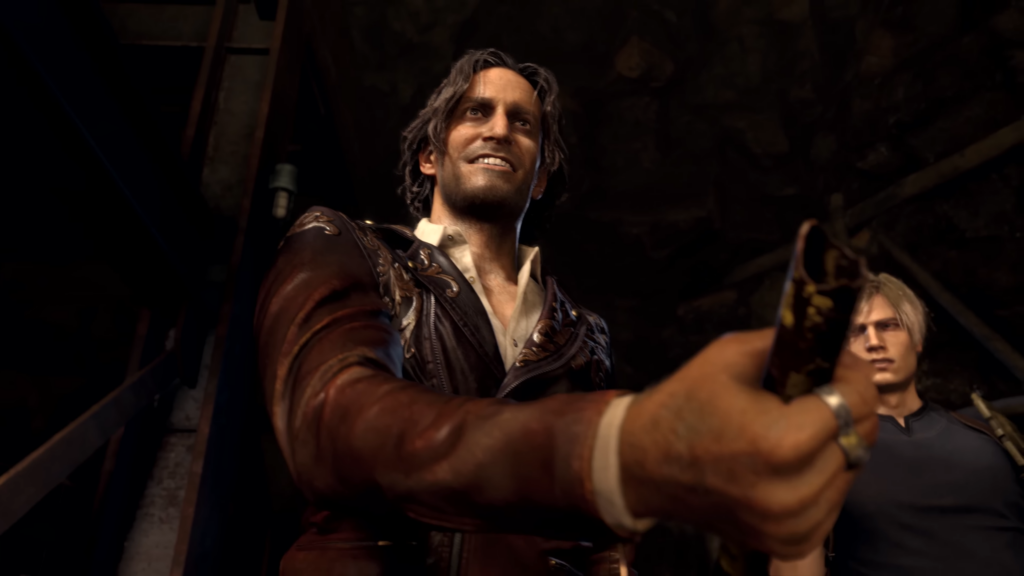
These are just a few of the games I’d love to see get remakes – I have zero doubt that once this article is published, I’ll have thought of a whole extra list’s worth and have to start writing all over again. I’m sure all of you have your own lists as well, and I don’t blame you – whenever we play games, especially older ones, we all imagine other, more advanced versions in our heads. It’s only sometimes that we get the privilege of getting to actually experience such versions, and it can fun, disappointing, or even surreal to see the concepts we’ve dreamed of on a screen right in front of us. I still remember the way I imagined a Resident Evil 2 remake before getting to play the real thing – it was pretty similar, minus my idea of expanding the first-aid spray item into a system of multiple kinds of sprays. Keep dreaming and hoping, and enjoy the remakes as they come out. It shows that the devs keep dreaming, just like us.



